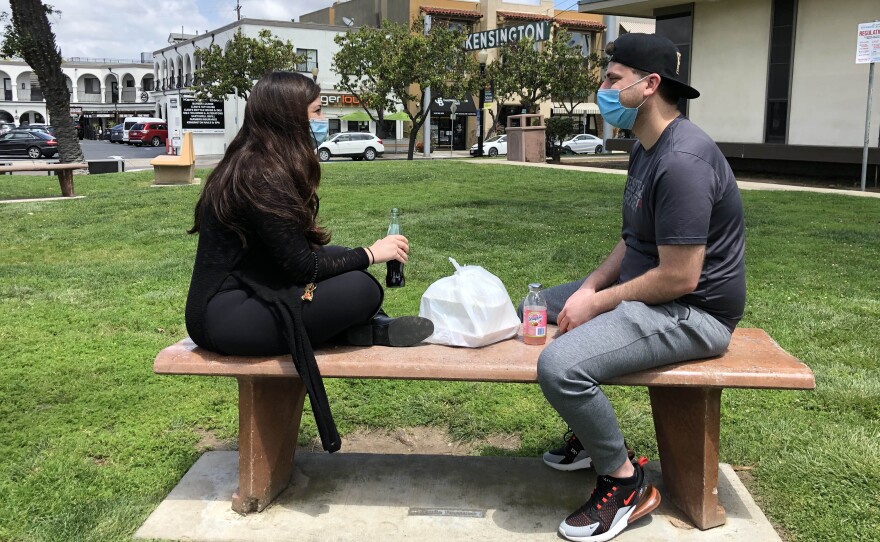Health officials in San Diego County have reported 386 new COVID-19 infections, bringing the total to 54,314 since mid-February, but no new deaths, according to the San Diego County Health and Human Services Agency.
The last new death was reported Thursday, which pushed the overall total to 868.
Of the 10,784 tests reported Saturday, 4% returned positive.
Five new community outbreaks were reported Friday. Twenty-five community outbreaks were reported between Oct. 17 and Oct. 23.
A community outbreak is defined as three or more COVID-19 cases in a setting and in people of different households over the past 14 days.
San Diego State University announced Thursday that it had issued a stay-at-home advisory for all students. The advisory is set to begin at 6 p.m. and run through Monday, Nov. 2 at 6 a.m.
University officials said the move was made to discourage students from participating in Halloween events where physical distancing cannot be done. Students are advised to stay home unless they had an essential need.
The university has had a total of 1,237 COVID-19 cases since the fall semester began, including 419 among students living on-campus, 789 among students living off-campus, 16 among faculty and staff and 13 among "visitors" — defined as someone who has had exposure with an SDSU-affiliated individual.
UC San Diego Chancellor Pradeep Khosla announced Thursday that all employees able to effectively work remotely will continue to do so through March 12, the end of its winter quarter.
"Empowering employees to continue to work from home whenever possible greatly reduces the population density on campus, which helps protect our students, student-facing employees and other essential staff working on site," said Nancy Resnick, UCSD's chief human resources officer.
On Tuesday, despite an unadjusted daily COVID-19 case rate of 7.8 per 100,000 population, the county was again able to avoid being pushed into the purple tier of California's four-level reopening system, which would have placed indoor activities at restaurants, movie theaters, gyms and a number of other locations in jeopardy.
The state adjusted the data for the week of Oct. 4-10 down to 7 per 100,000 — the highest it can be without heading into the purple tier — due to the county's high rates of testing. The data are reported on a one-week delay.
The state reported that the testing positivity percentage for the region increased from 3% to 3.3%, but it still remains low enough for this metric to remain in the orange tier. If a county reports statistics meeting metrics in a higher tier for two consecutive weeks, it will move into that more restrictive tier for a minimum of three weeks.
The state's health equity metric, which looks at the testing positivity for areas with the lowest healthy conditions, dropped from 5.7 to 5.5% and remained in the red tier. This metric does not move counties backward to more restrictive tiers, but is required to advance.






